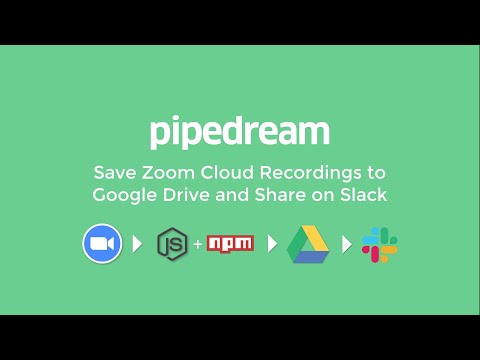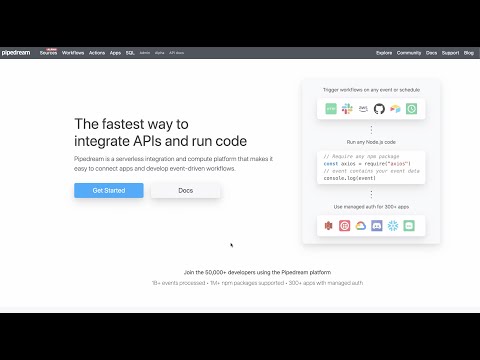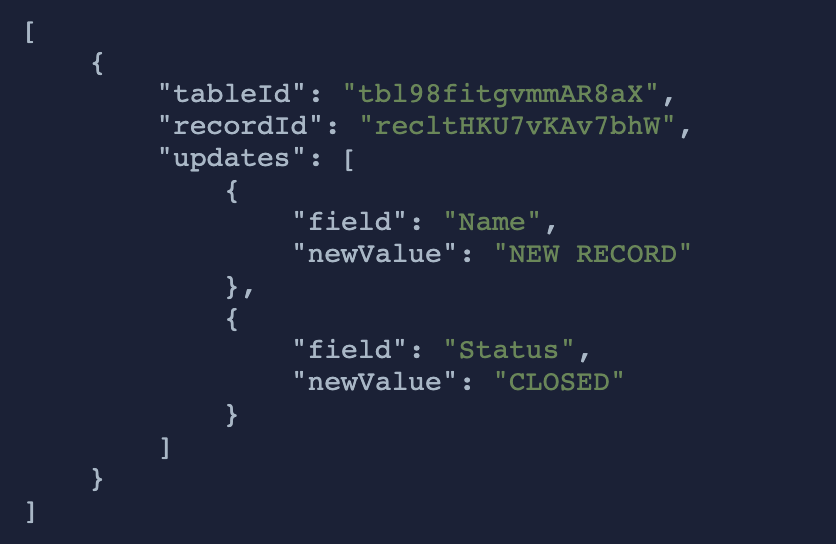What do you want to automate
with Scrapeless and Slack?
Prompt, edit and deploy AI agents that connect to Scrapeless, Slack and 2,800+ other apps in seconds.
Trusted by 1,000,000+ developers from startups to Fortune 500 companies
Popular Ways to Connect Scrapeless with Slack#
Popular Scrapeless and Slack Triggers#
Emit new event when a new message is posted to one or more channels
Emit new event when a message was posted in a direct message channel
Emit new events on new Slack interactivity events sourced from Block Kit interactive elements, Slash commands, or Shortcuts
Emit new event when a specific keyword is mentioned in a channel
Popular Scrapeless and Slack Actions#
Crawl any website at scale and say goodbye to blocks. See the documentation
Retrieve the result of a completed scraping job. See the documentation
Send a message to a public or private channel. See the documentation
Endpoints for fresh, structured data from 100+ popular sites. See the documentation
Send a message to a user, group, private channel or public channel. See the documentation
Overview of Scrapeless#
Scrapeless – your go-to platform for powerful, compliant web data extraction. With tools like Universal Scraping API, Scrapeless makes it easy to access and gather data from complex sites. Focus on insights while we handle the technical hurdles. Scrapeless – data extraction made simple.
Connect Scrapeless#
import { axios } from "@pipedream/platform"
export default defineComponent({
props: {
scrapeless: {
type: "app",
app: "scrapeless",
}
},
async run({steps, $}) {
return await axios($, {
url: `https://api.scrapeless.com/api/v1/me`,
headers: {
"x-api-token": `${this.scrapeless.$auth.api_key}`,
},
})
},
})
Overview of Slack#
The Pipedream app for Slack enables you to build event-driven workflows that interact with the Slack API. Once you authorize the app's access to your workspace, you can use Pipedream workflows to perform common Slack actions or write your own code against the Slack API.
The Pipedream app for Slack is not a typical app. You don't interact with it directly as a bot, and it doesn't add custom functionality to your workspace out of the box. It makes it easier to automate anything you'd typically use the Slack API for, using Pipedream workflows.
- Automate posting updates to your team channels
- Create a bot to answer common questions
- Integrate with your existing tools and services
- And much more!
Connect Slack#
import { axios } from "@pipedream/platform"
export default defineComponent({
props: {
slack: {
type: "app",
app: "slack",
}
},
async run({steps, $}) {
return await axios($, {
url: `https://slack.com/api/users.profile.get`,
headers: {
Authorization: `Bearer ${this.slack.$auth.oauth_access_token}`,
},
})
},
})
Related Videos#


Community Posts#
